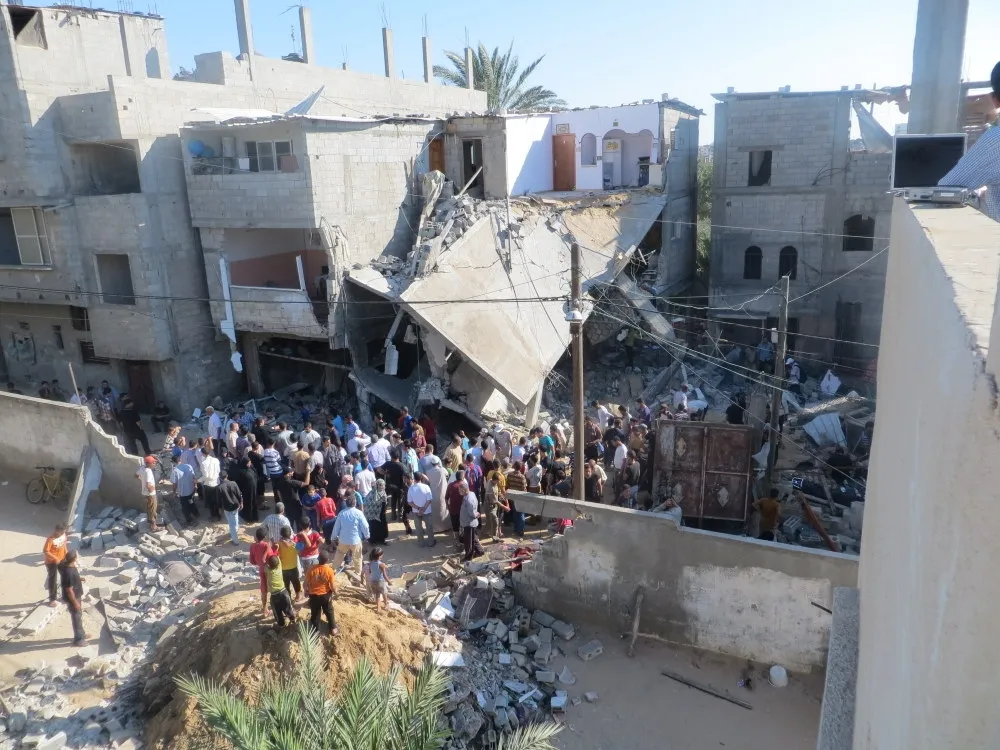New Delhi, Apr 27: Gaza’s landscape, scarred by conflict, remains littered with unexploded ordnance or bombs or unexploded ammunition a testament to the devastation wrought by nearly seven months of intense Israeli bombardment.
Pehr Lodhammar, a senior officer with the United Nations Mine Action Service, estimates that approximately 37 million tonnes of debris now cover the enclave, making it challenging to ascertain the precise amount of unexploded munitions.
Lodhammar emphasizes that even a conservative estimate suggests that around 10% of fired ammunition fails to detonate, leaving a dangerous legacy that could take up to 14 years to clear with dedicated demining efforts.
Every square metre in Gaza impacted by the conflict contains some 200 kilograms of rubble, the UN demining expert told journalists in Geneva.
“All I can say is that at least 10 per cent of the ammunition that is being fired potentially fails to function…with 100 trucks we’re talking about 14 years of work with 100 trucks, so that’s 14 years to remove with about 750,000 workdays – person workdays – to remove the debris.”
Hostage Release Demand Intensifies
Meanwhile amid this humanitarian crisis, calls for action intensify. Leaders from 18 nations, including the United States, demanded the release of all remaining hostages held by Hamas following attacks in southern Israel. Israel asserts that over 130 hostages are still in captivity, and it is around seven months, a situation exacerbated by the prolonged conflict that has claimed thousands of lives and left tens of thousands wounded and homeless.
Meanwhile, the worrying issue of famine looms large over the northern Gaza Strip. UN officials issue urgent appeals for increased aid access to prevent a humanitarian catastrophe. Despite Israel’s recent commitments to improve aid delivery routes, relief efforts fall short of addressing the pressing needs of the population.
The World Food Programme warns that without a significant increase in aid volume and diversity, famine remains a looming threat. Efforts to establish a maritime corridor for humanitarian aid face challenges, with concerns raised about the efficacy of sea-based deliveries compared to land routes.
The US military is constructing a floating pier off Gaza’s coast to aid in delivering humanitarian assistance. Aid ships from Cyprus will dock at the pier, where trucks will transport the supplies across Gaza via a temporary causeway. The pier is expected to be operational by early May, but no US troops will be stationed in Gaza.
The initiative, announced by US President Joe Biden in March, aims to address hunger exacerbated by aid delivery challenges amid Israel’s ongoing military campaign against Hamas.
The UN continues to warn of impending famine in Gaza, with children facing severe malnutrition. As the international community grapples with the ongoing crisis in Gaza, the need for concerted efforts to address humanitarian needs and facilitate aid delivery remains paramount.







